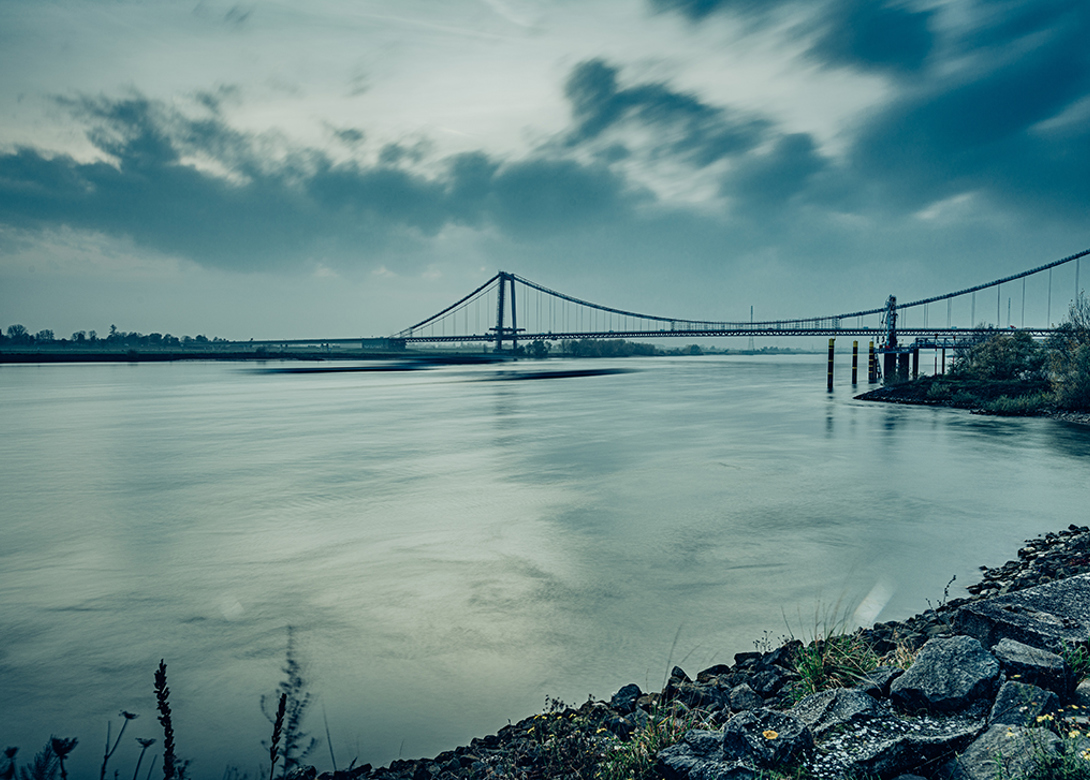
Here Nord-Lock Group looks at the role infrastructure projects, such as bridges, play within society and the importance of reliability.
Like all forms of critical infrastructure, bridges are vital for any functioning society. They enable people to travel, goods to be transported and cities to grow and expand. Without them, we would be severely restricted and isolated by the natural environment. Their importance is such that some bridges have become internationally recognised landmarks that are synonymous with their home cities, for example London, San Francisco, and Sydney, just to name a few.
As such, resilience is absolutely paramount to the design and construction of any bridge. It needs the ability to withstand and adapt to changing conditions and recover positively from shocks and stresses. Generations will be relying on it for decades – if not centuries – to come. The collapse of a bridge will not only cause an immediate humanitarian disaster, but will potentially paralyse a whole region in its aftermath.
Depending on the size and importance of the bridge, even a temporary shutdown – for either repairs, maintenance or a traffic accident – can cause significant delays and traffic jams.
Performing essential maintenance
The Emmerich Rhine Bridge, which forms the main crossing over the river Rhine just a few kilometres from the Dutch border, is an example of how essential maintenance can be carried out whilst keeping a bridge open. Fondly nicknamed the ‘Golden Gate of the Rhine’ due to the fact that it is the longest suspension bridge in Germany, its closure would cause motorists to take a detour of at least 50km. So, when a regular safety inspection in 2014 found that, among other things, bolts had come loose and the bridge had to be repaired, the top priority was to ensure that traffic could continue to flow.
“This was the clear message from the regional road authority – Landesbetrieb Straßenbau NRW,” remembers Henning Uphoff, a design engineer with the technical consultancy Leonhardt, Andrä und Partner – the company responsible for the project.
Accordingly, everything about the planning was based upon the requirement that one road lane in each direction should remain open. At the same time, the 200 vertical suspenders attached to the suspension cables with cable clamps, made of cast iron, should progressively be taken down. But how can you take down up to 100m long suspenders weighing up to 1 tonne without jeopardising safety? “It was almost like open heart surgery,” adds Henning.
One major challenge was to replace the cable clamp bolts. Due to the enormous forces, there was no way to loosen the bolts with the suspenders attached to the main cables. Another potential problem was that of strong winds and heavy weather, which in the worst case could cause delays of several weeks with substantial financial implications.
Marcel Vecchi, general manager with the building company R. Lange GmbH, came up with a solution. The company designed and built a roller conveyor adapted to the specifics of the bridge. With a diameter of 2.5m and a 180 degree bend, it was placed at the upper part of the suspension cable. These main cables, which are attached to two 77m high pylons, carry the whole bridge. Each cable consists of 61 separate cables, each with a diameter of 5cm, forced together to form a hexagon.
The big challenge was to avoid damaging the suspenders by overbending, so a minimum bending radius had to be observed. The existing suspenders were taken down and replaced with new ones using the roller conveyor and several winches. The bolts had to be substituted on the ground due to the weight of the clamps. Some of the original bolts were slightly bent, others were corroded, and many had come loose.
These non-galvanised HV sets were replaced with new bolts and Nord-Lock Steel Construction washers, as prescribed in the tender. “This is a huge bridge with vibrations due to strong winds and traffic. So, there was really no alternative to Nord-Lock’s SC-washers,” states Marcel.
In contrast to traditional bolted connections – where there is contact between the parts that are connected – there needed to be a distance between the two halves of the cable clamps. This was necessary to ensure the preload was applied to the cables and cable clamps. Each clamp was tightened with 12 to 28 bolts.
Only half of the bolts were allowed to be removed at the same time to ensure the clamps remained safely on the cable. “To guarantee safe and equal clamping, we made a plan for what bolt should be replaced in which order and how to preload them,” explains Marcel. “We started with the even bolts, removed them, renewed corrosion protection, replaced them with new bolts and the new washers and then we continued in the same way with the odd ones. In the first step, the bolts were tightened manually. Then they were preloaded to 100 percent with more preload on the inner bolts than on the outer ones.”
All in all, 2,200 bolts were replaced, with Nord-Lock SC-washers guaranteeing the highest standards of safety. “Now we are safe for the next half century, at least,” concluded Henning Uphoff.

Will joined Fastener + Fixing Magazine in 2007 and over the last 15 years has experienced every facet of the fastener sector - interviewing key figures within the industry and visiting leading companies and exhibitions around the globe.
Will manages the content strategy across all platforms and is the guardian for the high editorial standards that the Magazine is renowned.
Don't have an account? Sign Up
Signing up to Fastener + Fixing Magazine enables you to manage your account details.